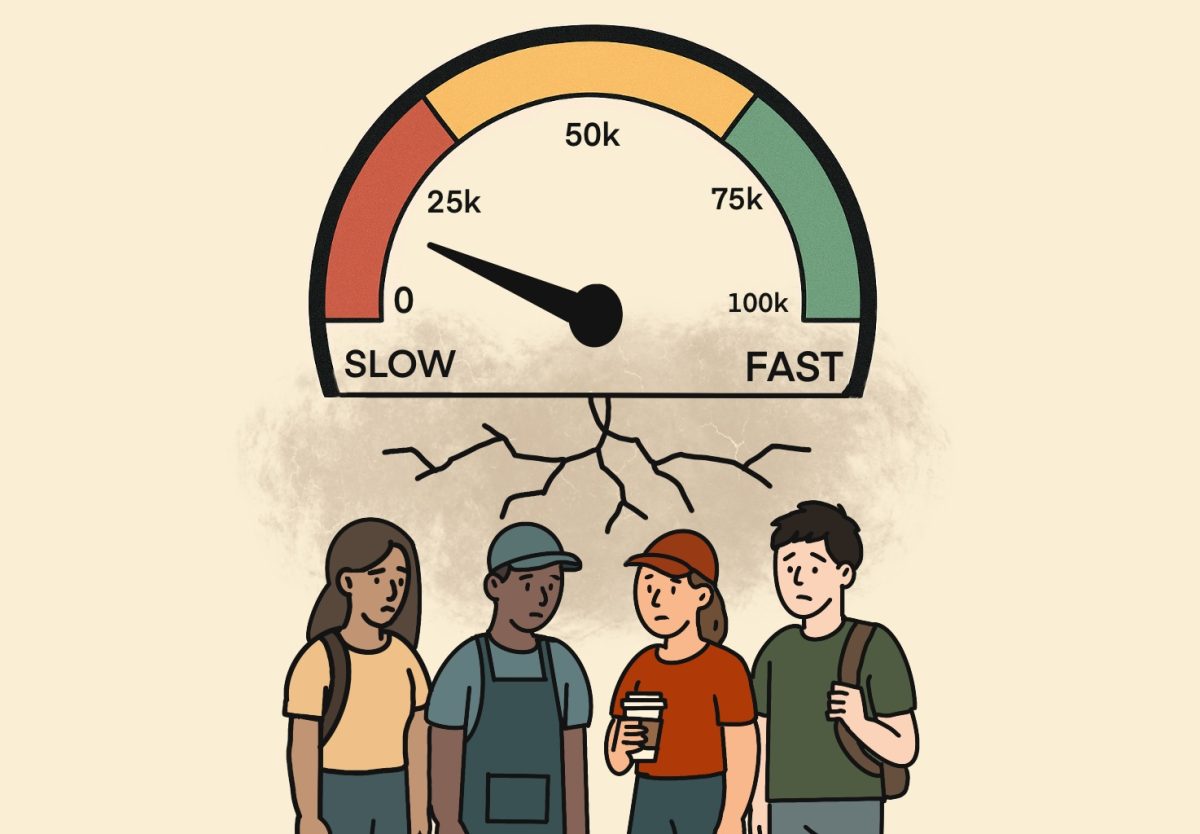Not all hazing is bad
October 17, 2017
By Jack Rafferty
What comes to mind when you think of the word “hazing”? Many people immediately jump to haphazard sexual actions, binge drinking, vandalism, or a litany of other things that can only be described as flat-out gross.
Some hazing does involve excessive drinking, illegal activities or other dangerous decisions. Colleges and high schools across the country are cracking down on these practices across the country, and rightfully so. That being said, not all hazing is bad, and the mass stigma of hazing as universally bad is damaging, narrow-minded and inaccurate.
Effective team building has always been an important prerequisite to successful seasons, regardless of the sport. Simply put, teams that work well together have better chemistry and, thus, an inherent competitive advantage over their opponents. And, like it or not, hazing is an effective team-building strategy.
This is because shared experiences are a powerful bonding force. Thus, lighthearted hazing serves as more than a rite of passage — it actively brings teams closer and creates more coherent, close-knit groups.
A great example of this positive hazing can be found at Grady, particularly on the Boys’ Ultimate Frisbee team. For this team, first-year varsity members are given haircuts by senior teammates before Deep Freeze, their first tournament of the season. This tradition causes no bodily harm, involves no illicit substances and creates no conflict or psychological damage.
Ultimate is also one of Grady’s most successful teams, ranking third in Ultiworld national high school boys power rankings at the end of last season, as well as regularly competing for state titles. Surely, not all of this success can be directly attributed to the hazing tradition, but the team certainly doesn’t seem to be hurt by it.
Sure, an intentionally bad haircut is somewhat embarrassing, but that’s the extent of this hazing technique’s harm. None of the players feel endangered, uncomfortable, or otherwise bothered in any significant way. Still, the tradition has come under increasing scrutiny in recent years.
Not only is this negative attention overplayed, it is also undeserved. Administrations focusing attention on issues like this is not only unnecessary, it actively takes away from their ability to deal with other, more pressing concerns. And this situation at Grady and other high schools across the U.S. is a microcosm of the outside world as a whole.
Over-sensitive attitudes toward relatively unimportant issues are all too common in today’s world, and sports are no different. Hazing is a real problem in some scenarios, in and outside of sports, but not all hazing should be characterized as purely negative. When it is characterized as such, teams are deprived of traditions that have been around for years and may be integral to their success.
Policymakers in government offices, schools and universities across the country should remember not to be indiscriminate in creating anti-hazing rules. Hazing is not always bad, and it is also not binary. Hazing should be treated on a case-by-case basis, and some instances definitely should be curtailed. Still, there are too many examples of valuable, effective team-building traditions being eliminated for the wrong reasons.






Carolyn Beeker • Oct 19, 2017 at 2:47 pm
Nice piece, Jack. Well-written and a.reminder of happier times in my own.life when hazing was a (harmless) rite of passage and indeed a team-building activity. Evaluation on a case by case basis, however, is tricky. IMO each group, team, institution, needs to define guidelines for preserving a tradition without risking the physical and emotional being of the participants.